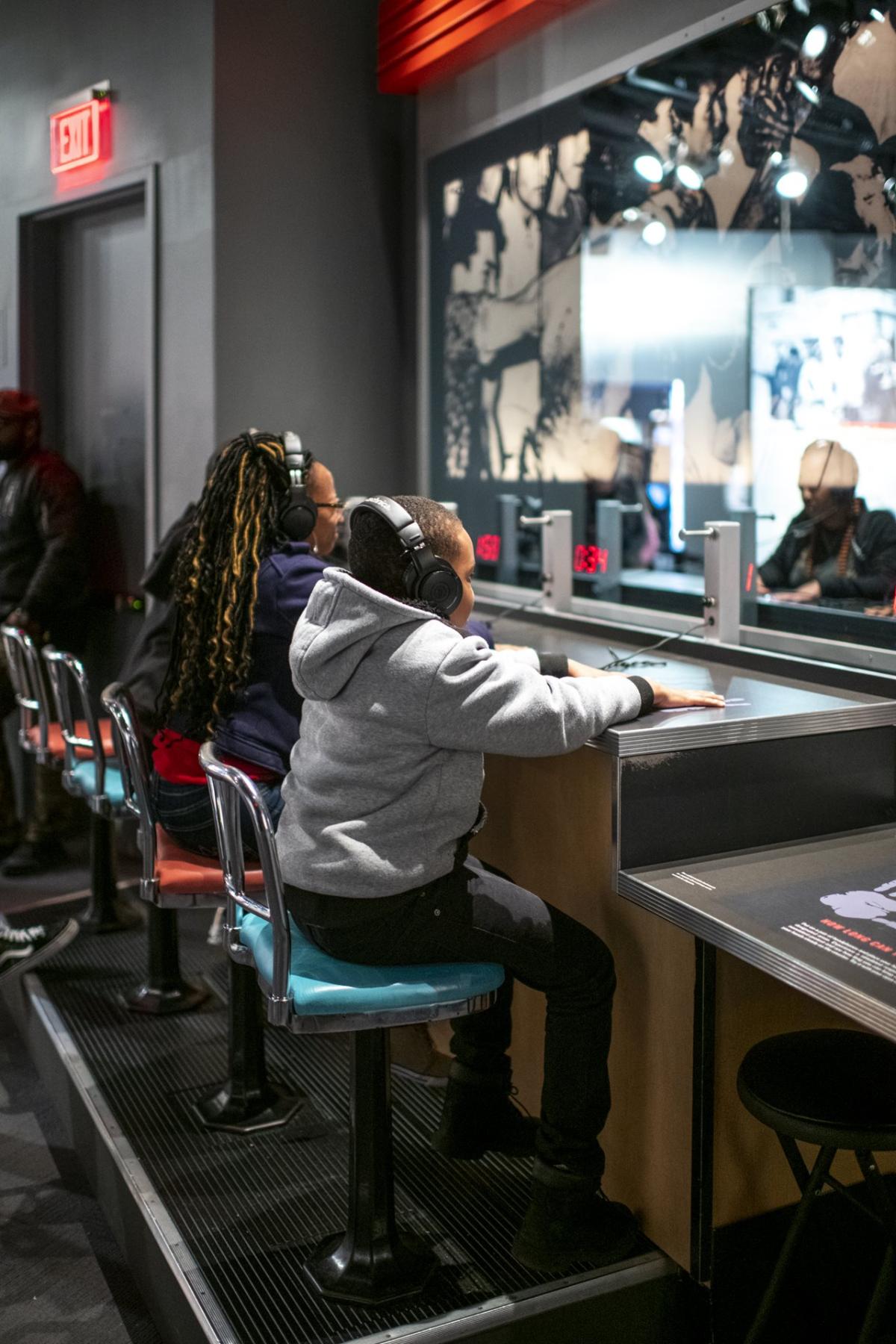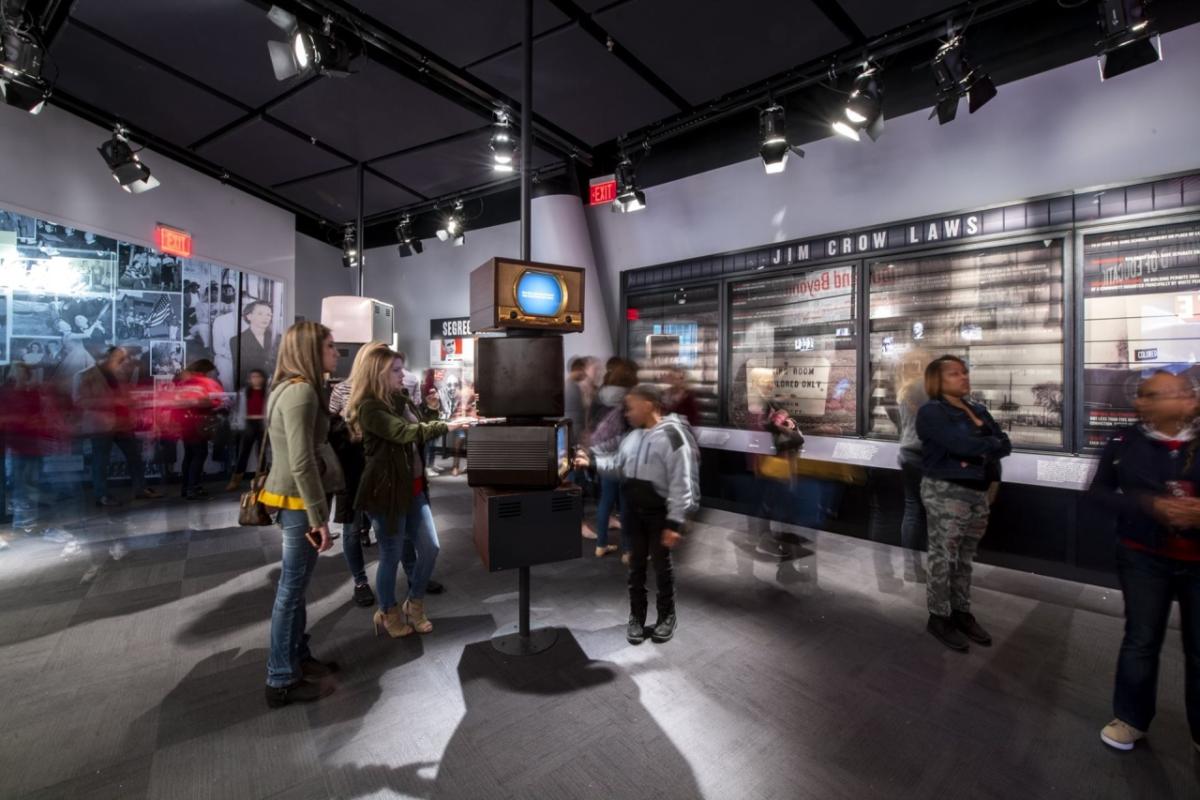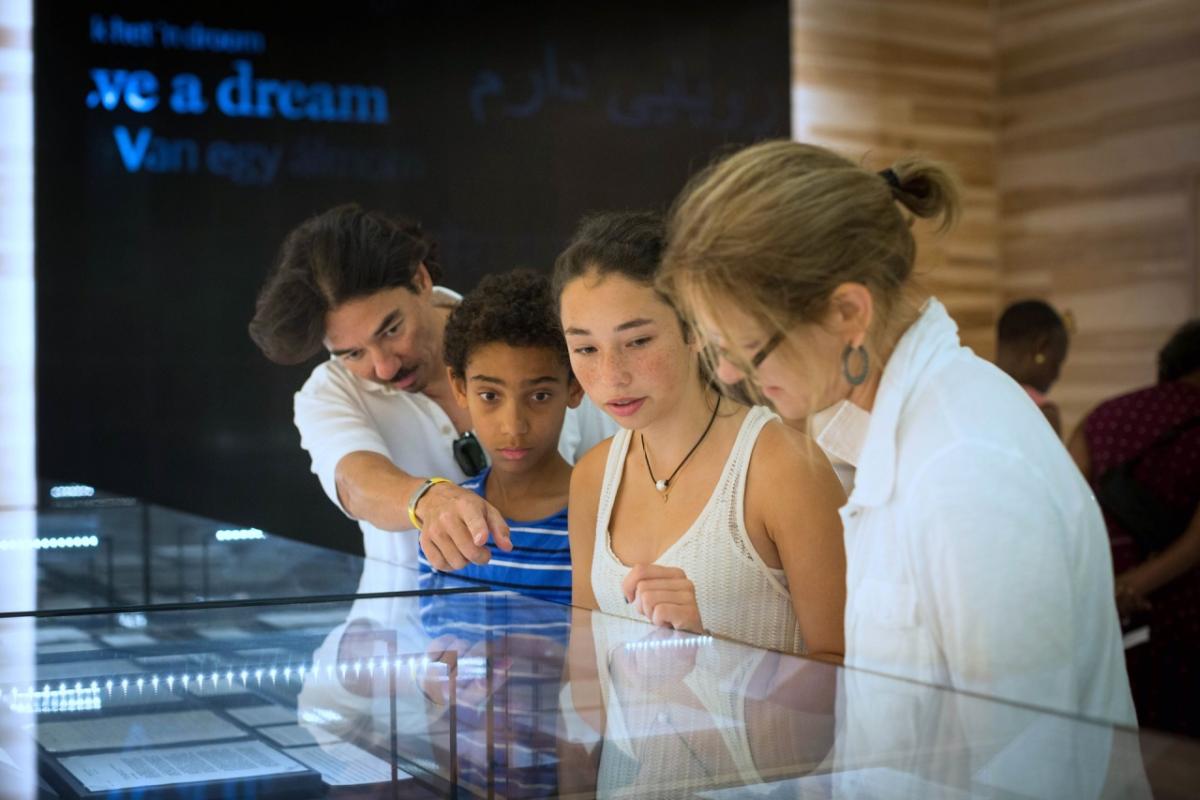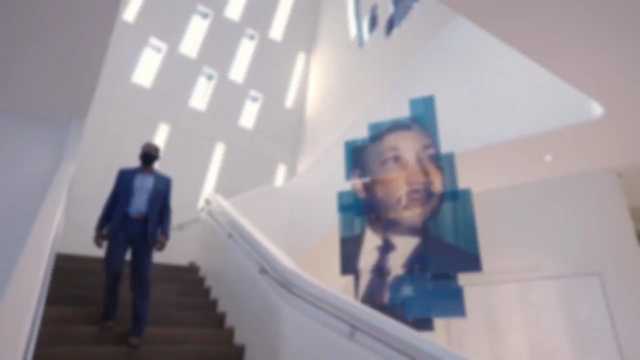Connecting the Past to the Present: Georgia-Pacific's Enduring Partnership With the National Center for Civil and Human Rights
The first thing you hear after sitting down at a replica lunch counter and putting on your headphones is just above a whisper.
“You’ll be alright,” the voice assures. “Just stay calm.”
The quiet is quickly interrupted by the hollering of an approaching mob.
Someone shouts, "Get up!" followed by a loud thump as the table and seat your sitting at begin to rumble.
The experience intensifies – you can hear a physical altercation behind you – before it abruptly stops and a calm voice comes through your headphones, bringing you back to reality.
The experience, located at the National Center for Civil and Human Rights in Atlanta, Georgia, was created to honor the brave men and women who participated in one of the many lunch counter sit-ins during the U.S. Civil Rights Movement. It’s one of the several exhibits that seek to inspire people to tap their own power to influence the world around them through learning about the U.S. Civil Rights Movement and human rights challenges today.
“The stories we tell in our civil and human rights exhibitions show how individuals looked at the world around them, saw discrimination and injustice and worked together to change things,” Jill Savitt, president and CEO of the National Center for Civil and Human Rights says. “These are stories that are relevant – and inspiring – for all of us today.”
For nearly 10 years, Georgia-Pacific has partnered with the National Center for Civil and Human Rights, to advance its mission and help communities in Atlanta and beyond. Based in Atlanta, Georgia-Pacific saw the value this organization could bring to the community.
“Having a center where people can have an open and candid discussion as part of a learning experience is something that aligns very well with our values and principles,” says Curley Dossman, president of the Georgia-Pacific Foundation and member of the center’s board of directors and governance committee.
While there’s a lot to experience at the center, Jill suggests guests look for these highlights as they walk through its halls and galleries.
Rolls Down Like Water
The main exhibit presents the fight for civil rights in America – from the era of Jim Crow laws in the South to the assassination of Dr. Martin Luther King, Jr. in 1968. The exhibit highlights some of the key moments in the U.S. civil rights movement while exploring the people and strategies behind them.
Must see: The counter rumbles, your seat shakes and the voices of hate and anger ring in your ears at the interactive "Lunch Counter Sit-In" exhibit that aims to give visitors a glimpse into the experience of non-violent protestors staging sit-ins during the 1960s.
“It feels like someone’s whispering in one ear, then the other and kicking your seat,” Jill says. “And you’ve just seen how demonstrators were actually treated – they were pulled off their chairs, beaten up and had things poured on them.”
Spark of Conviction
The museum also focuses on the current efforts of courageous advocates fighting to make sure that individual and human rights are protected around the world.
Must see: Learn the stories of several human rights activists currently fighting for freedoms and dignity for all. See the story of a Catholic nun in Mexico who works to oppose drug trafficking, or a man with disabilities in America who’s trying to make the country more accessible.
“We are full of case studies and object lessons in how change happens,” Jill says. “That’s the kind of thing we share and teach.”
Voice to the Voiceless
The first floor of the center is focused on Dr. Martin Luther King, Jr. and displays items from the Morehouse College Martin Luther King, Jr. Collection. It’s the only place where non-scholars can go and see a permanent, rotating display of the artifacts and personal effects of Dr. King.
Must see: Read the writings of Dr. Martin Luther King, Jr. and see how he continuously revised his messages. One of the artifacts often on display is a report card from Dr. King’s high school where he got a "C" in public speaking, or take a look at the books he kept on his bookshelves.
“It shows people that yes, he is an unbelievable American hero,” Jill says. “But he was also a person who saw something in the world around him that he didn’t think was right and worked with other people to change it.”
Involved in the project since its inception, Georgia-Pacific was crucial to the construction of the building. The company contributed $250,000 and donated building materials. The Georgia-Pacific Gallery Plaza features temporary exhibits – currently, the exhibit "Entitlements" seeks to humanize conflict and insecurity around the world through compelling images that celebrate the resilience of children. Georgia-Pacific employees continually support the center’s efforts as advisors and members of the board, as well as hosting trainings for employees to identify and prevent human rights abuses.
“One of the key reasons we stay engaged,” Curley says, “is the center is offering this community an asset that we can use to have some constructive conversations on current topics.”
The center is looking to the future, too, and currently working to expand their building and outreach programs to increase their reach with a diversity, equity and inclusion experience for corporations and a human rights education course for police.
Jill says Georgia-Pacific’s support and guidance has been vital to the center achieving its goals.
“That kind of support is invaluable,” Jill says. “Someone who uses their abilities and resources to help you expand your universe – that’s more than a partner, that’s a friend.





